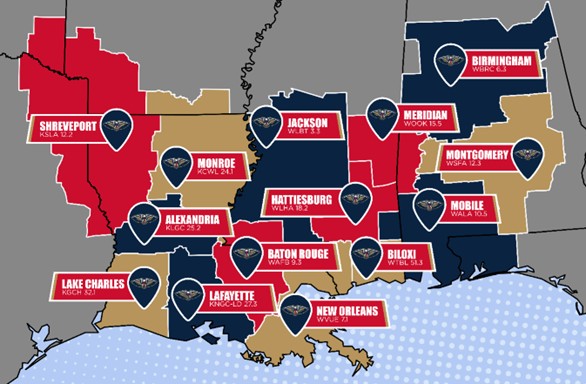On-demand television
Following the successful launch of high-speed data service in numerous markets worldwide, broadband network operators are moving forward with further revenue-boosting services. Chief among these is video-on-demand (VOD).
VOD services offer consumers premium content and control over their viewing experience.
VOD provides an interactive gateway to vast video content libraries, allowing viewers to control and personalize what they watch. It also enables content providers — namely broadcasters, television networks and studios — to extend their assets and brand. Delivered at the click of a remote, and at a reasonable cost, VOD promises to transform television from purely scheduled broadcast programming with an array of on-demand options.
To secure this value proposition, all the top U.S. cable operators have launched successful VOD services or trials. Most are in the process of full-scale rollouts in metropolitan markets — many planned for thousands of hours in on-demand content libraries. Much of the content comes from television networks eager to capture viewers in this growing medium. About 15 million cable subscribers in the United States can select VOD today – that’s a fifth of all cable subscribers. To date, all signs from these launches indicate these providers will more than meet the revenue goals forecasted by business models. In short, VOD is working. Consumers want it, and the services are generating revenues — and loyalty — beyond costs. Further, regional and national broadcasters are testing the waters for their previously aired programming.
Supporting standards and content opportunities
Hard numbers have already been demonstrated in the United States, and the cost per stream is continuing to drop below $400 because of advances in transport, software, edge device and server technologies. Hurdles that face worldwide markets seeking to implement this technology have been mitigated by conditions in the United States. U.S. providers, for example, have traditionally only dealt with two set-top box (STB) manufacturers, two programming guides, three major VOD vendors and a limited number of middleware vendors. Also significant: Standards dealing with almost every aspect of VOD are in place in the United States, as opposed to a conflicting array of choices (or the non-existence of agreed-upon standards) in Europe and Asia.
VOD launch requirements
The professional video industry's #1 source for news, trends and product and tech information. Sign up below.
The challenge in launching a full VOD service begins with preparing the network by integrating the appropriate technology, from servers to transport to edge devices to set-top boxes in the customer’s home, as well as the software to automate, monitor and provision. Unfortunately, as many VOD providers have discovered, network operators do not have the manpower or expertise to be good systems integrators.
That makes vendor selection more important than any previous voice, video or data offering. In addition, a large-scale VOD launch places a huge strain on networks to maintain the rigid QoS standards necessary to ensure a viewing experience subscribers will value. Service plays a critical role. While some vendors in the VOD delivery chain offer round-the-clock support, others have limited capabilities or charge extra. Vendors experienced with integration can support an end-to-end VOD solution, rather than one isolated component that then has to be integrated by a system operator.
Scalability goes hand-in-hand with service and network integrity, and breaks down into two problem areas: content propagation (the collection, storage and dissemination of video from numerous sources to various points along the network) and software that can manage schedules, collect metadata (such as program synopses and movie posters), and automate billing. Ramping up for a full-scale VOD launch, and planning for future technologies or service enhancements, requires solutions that address these issues.
The financial turbulence of prior years has led to many costly VOD mistakes. Vendors can go out of business or get acquired, which in turn can change their priorities in product offerings and support. Operators must frequently re-integrate technology as a result, which with a large-scale deployment bears steep costs. Therefore, careful selection of experienced and integration-savvy vendors is critical.
A new era in television
Difficult economic times force tough choices on broadband network operators. Skittish financial markets over the past three years have placed a stranglehold on capital. It’s easy to see why new services, network upgrades and other investments have been put on hold. In part, the United States is ahead in the VOD game because American cable operators upgraded their plant before the big chill.
But the harsh climate has also weeded out weaker technologies and vendors, reinforced the need for strong partnerships, and put the focus where it should be — on demonstrating proven revenues.
While VOD already has success on the revenue front in the United States, its true promise lies in its ability to change behavior. Through VOD, viewers grow accustomed to receiving on-demand content, navigating interactive programming guides and customizing their viewing, particularly with the use of accompanying digital video recorders (DVRs).
Ultimately, VOD plays the key role in giving customers control over their viewing and bringing them into the new era of television interactivity. Viewers want to be free of schedules and limited choice. They like selection and convenience, and experience shows that operators, broadcasters and other content producers, and advertisers have a tremendous opportunity to usher in a new era in television.
Yvette Kanouff is corporate vice president of strategic planning for SeaChange International.
